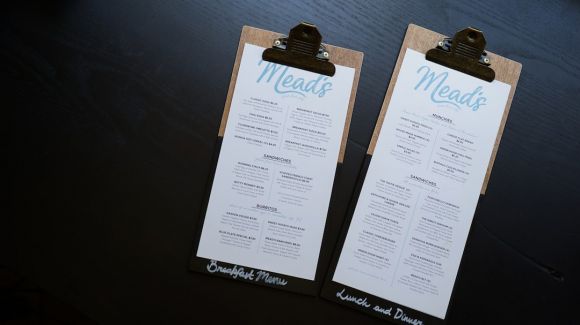In the competitive world of the restaurant industry, menu engineering plays a crucial role in maximizing profitability and customer satisfaction. It involves strategic planning and analysis of a menu to optimize its offerings and drive sales. By understanding the key elements of menu engineering, restaurant owners and managers can make informed decisions that will enhance their business’s success. Let’s explore these elements in detail.
1. Menu Layout and Design
The first key element of menu engineering is the layout and design. A well-designed menu is visually appealing and easy to read, guiding customers through their dining experience. Consider using clear headings, concise descriptions, and appropriate fonts and colors to create an aesthetically pleasing menu. Additionally, strategically placing high-profit items and popular dishes in prominent positions can entice customers to order them.
2. Menu Item Pricing
Pricing plays a vital role in menu engineering. It is essential to strike a balance between profitability and customer perception of value. Carefully analyze the costs of ingredients, overhead expenses, and desired profit margins to determine the optimal price for each menu item. Using psychological pricing techniques, such as ending prices with a 9 or 5, can also influence customers’ perception of affordability.
3. Menu Item Variety
Offering a variety of menu items is crucial for satisfying different customer preferences. By categorizing dishes into sections like appetizers, entrees, and desserts, you can create a well-structured menu that accommodates a range of tastes. Additionally, consider including vegetarian, vegan, and gluten-free options to cater to dietary restrictions. Offering seasonal specials can also add excitement and variety to your menu.
4. Menu Item Descriptions
Compelling and enticing menu item descriptions can significantly impact customer choices. Utilize descriptive language to highlight the unique qualities and flavors of each dish. Use sensory words to create an emotional connection with the reader and make the menu items more appealing. Incorporating storytelling techniques or mentioning the origin of ingredients can also add depth and intrigue to the descriptions.
5. Cost Analysis and Profitability
Conducting a comprehensive cost analysis of your menu items is essential for menu engineering. Determine the cost of ingredients, labor, and overhead expenses associated with each dish. This analysis will help you identify high-profit items and low-margin offerings. By understanding the profitability of each menu item, you can make informed decisions about pricing, promotions, and menu changes.
6. Popularity and Sales Analysis
Analyzing the popularity and sales data of your menu items is another critical element of menu engineering. Identify the best-selling dishes and the ones that underperform. This analysis will help you determine which items to promote, modify, or remove from the menu. By focusing on high-demand items, you can increase customer satisfaction and drive sales.
7. Menu Engineering Matrix
The menu engineering matrix is a visual tool that categorizes menu items based on their popularity and profitability. By plotting each dish on a matrix, you can identify the stars (high profit, high popularity), puzzles (low profit, high popularity), plow horses (high profit, low popularity), and dogs (low profit, low popularity). This matrix enables you to make data-driven decisions about menu changes, pricing adjustments, and promotion strategies.
Conclusion: Optimizing Your Menu for Success
Menu engineering is a dynamic process that requires continuous analysis and adjustment. By considering the key elements of menu layout, pricing, variety, descriptions, cost analysis, popularity, and utilizing the menu engineering matrix, restaurant owners and managers can optimize their menus for success. By strategically designing their menus, they can enhance profitability, customer satisfaction, and ultimately, the overall success of their business in the competitive restaurant industry.
